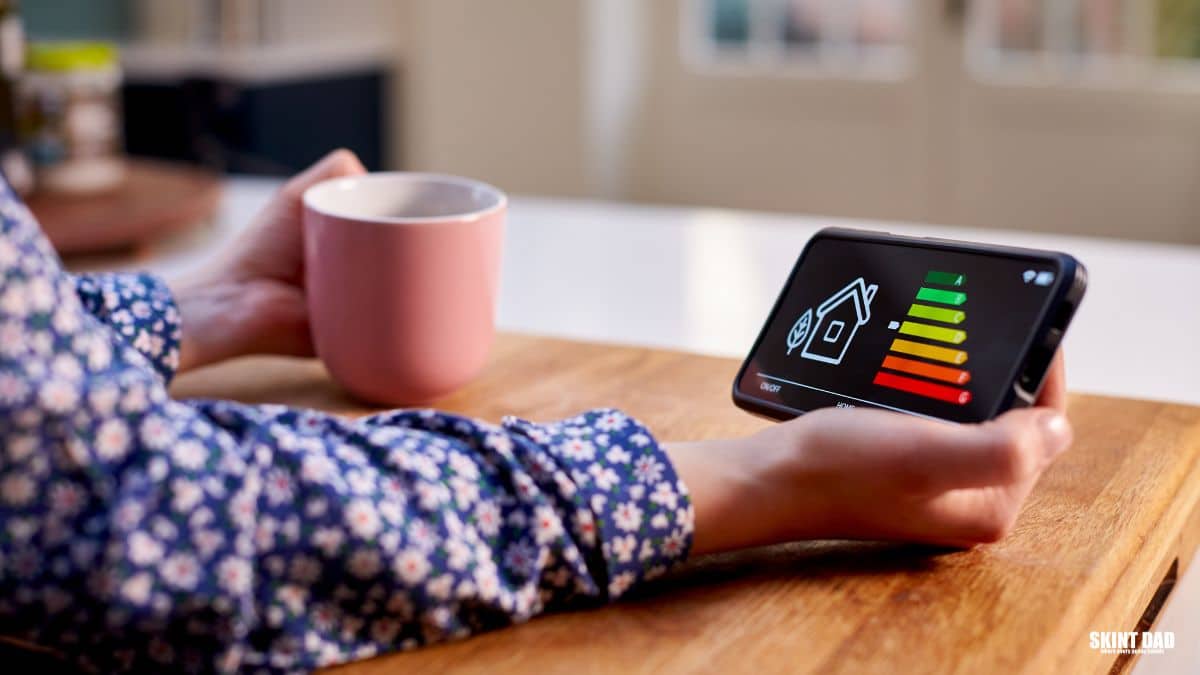
Peripheral artery disease (PAD) affects your blood flow. But its signs and symptoms can show up on your skin.
Many people with PAD notice changes on the skin of their feet and legs, such as:
- Cool to the touch
- Redness or changes in color
- Changes in texture (skin can be brittle or shiny in spots)
- Thinning of leg hair
- Sores on your toes and feet that take a long time to heal
“The skin is the largest organ in the body, and while it may be considered ‘external,’ the skin can often reflect the health and wellness of internal organs,” says dermatologist Jeremy A. Brauer, MD, founder and director of Spectrum Skin and Laser in Purchase, NY.
“While patients may not initially be aware of any underlying disease, what they notice with their skin, hair, and nails may be the first sign of disease,” Brauer says.
Any changes in your skin or other symptoms can be a sign of PAD or another condition worsening. Keep track of symptoms and notify your dermatologist or doctor if you notice the following or other changes:
- Redness, pale spots, or other color changes on your feet and legs
- Cuts, blisters, cracks, or scratches that are not healing
- Burning or aching pain in the feet
- Skin that feels very cool to the touch when you’re not cold
PAD can affect your skin because it involves circulation problems. Skin changes can happen as your arteries become narrower or blocked, making it hard for blood filled with oxygen and nutrients to flow freely down to your legs and feet.
If there is a total loss of blood circulation to the legs or feet, PAD symptoms can become severe and lead to gangrene — death of body tissue — and, in some cases, need amputation.
Besides changes in your skin, you may also have pain in your feet or legs when walking or moving. But the pain goes away when you’re at rest and your lower body needs less blood circulating.
While some of these skin symptoms themselves may not seem too worrisome, they can be signs that PAD is getting worse. If left untreated, you can be at a higher risk of having a heart attack, stroke, or other serious conditions caused by blockages in your blood vessels.
If you have PAD and notice changes to your skin, make an appointment with your dermatologist. They can suggest ways to treat the skin concerns so that you feel better and help figure out if something more is going on.
“Whenever anyone has a concern about their skin, they should make a point to see their dermatologist,” Brauer says. “This is especially if you are noticing sores on the feet (or anywhere on the body) that aren’t healing or getting worse. At that visit or subsequent visits, lab work may be ordered or referrals to specialists made to diagnose any underlying conditions.”
Since skin — especially on the feet and legs — can be affected by PAD, it’s important to check your lower body regularly and note any changes, and give your skin a little extra TLC.
“Opt for shorter, lukewarm showers, and moisturize well afterwards to keep the skin hydrated and the integrity of the barrier intact,” Brauer says.
While PAD is a circulatory condition, it can affect the entire body, including the skin. The things you do to take care of your whole body will help with PAD.
“Skin health is a part of overall health and wellness,” Brauer says. “ Good eating and sleep habits, a healthy well-balanced diet are all keys to maintaining a healthy body and healthy skin.”
You should also quit smoking and eat a balanced diet high in fiber and low in cholesterol, fat, and sodium. Ask your doctor how to start an exercise program and check on any other health conditions including high blood pressure, diabetes, and high cholesterol, as they can also make PAD worse.
And if your doctor prescribes medication, be sure to take it as prescribed.






